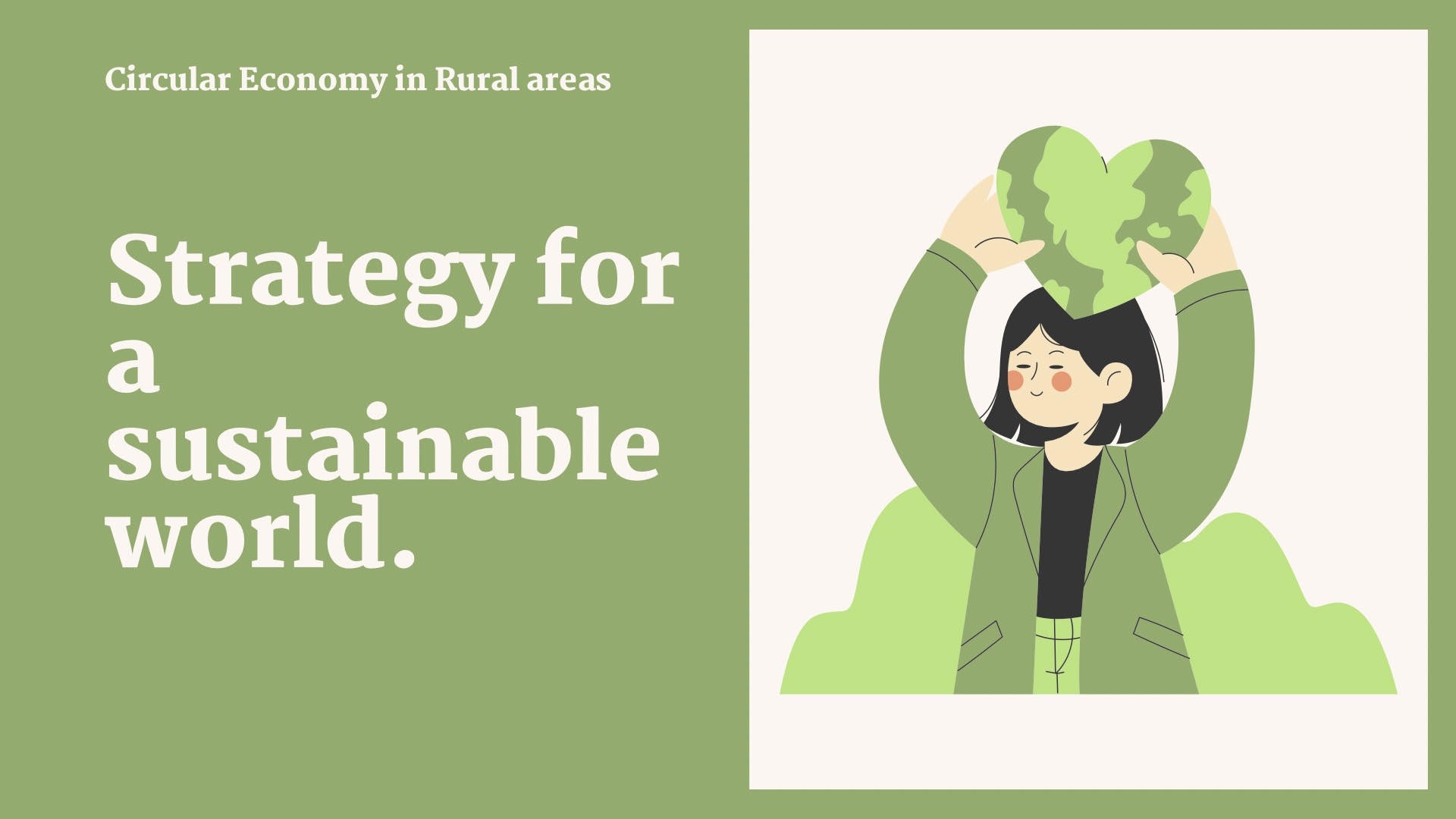Issue shared by Debadatta Baxi | Administrator
Updated 02:41 PM, March 31st 2024, Paralakhemundi

At the core of India's development agenda is the elimination of poverty in all its forms, ensuring that no individual is left behind. Historically, poverty estimation has predominantly relied on income as the sole indicator. However, the Global Multidimensional Poverty Index (MPI), based on the Alkire-Foster (AF) methodology, captures overlapping deprivations in health, education, and living standards. It complements income poverty measurements because it measures and compares deprivations directly. The global MPI Report is jointly published by the Oxford Poverty and Human Development Initiative (OPHI) and the United Nations Development Programme (UNDP). Government of India has acknowledged the significance of the global MPI under the mandate of the Global Indices for Reform and Action (GIRG) initiative. The emphasis of the GIRG initiative is not only to improve the country’s performance and ranking in the global indices, but also to leverage the indices as tools for driving systemic reforms and growth. In this context, NITI Aayog, as the nodal agency for MPI, has been responsible for constructing an indigenized index for monitoring the performance of States and Union Territories in addressing multidimensional poverty. It is crucial to recognize the efforts of the Govt , States and UTs in reducing the proportion of multidimensional poor people in the country. There is significant progress happening in this space.
Rural regions play an important role in the transition to a circular economy because they specialise in resource-based economic activity such as agriculture, forestry, fisheries, mining, and energy. Rural regions are connected to cities through flows of people, goods and services.Global primary materials use is projected to almost double in 2060 and the need to address unsustainable land-use practices is growing. Fossil fuel use and the production and use of iron and steel and construction materials lead to large energy-related emissions of greenhouse gases and air pollutants. Metals extraction and use have a wide range of environmental consequences, including toxic effects on biodiversity systems (OECD, 2019[3]). Rural households and firms also depend more on carbon-intensive road transport (Chapman, 2019[13]). The circular economy presents an opportunity for rural regions to overcome the challenges of reversing biodiversity declines and mitigating climate change, while producing sufficient food at the same time. By providing new jobs and income in rural areas, it can also foster economic development and fight rural depopulation. Examples of circular economy opportunities in rural areas are agro-food systems, moving towards a circular bioeconomy, and applying circularity in rural industries such as mining and forestry. We aim to create these in rural areas . We have more to do and millions to involve . It is not just the government's accountability . All of us have a responsibility too as individuals, Corporates.
In order to alleviate poverty and improve livelihood we have started hashtagSammruddhGram - hashtagSmartVillage Project . We are working to change lives of people in village after village . We are already in our 9th village impacting hundreds of them .
Join us and together we fast track development and build smart villages in hashtagsmartIndia

and help transform lives

adipiscing elit, sed do tempor...

G-110, 2nd Floor
South City-2, Gurugram,
Haryana - 122018
Write to us - support@charityforgoodness.com
WhatsApp @ 8826944655